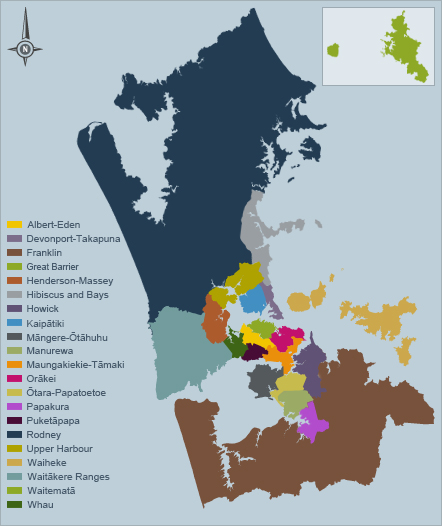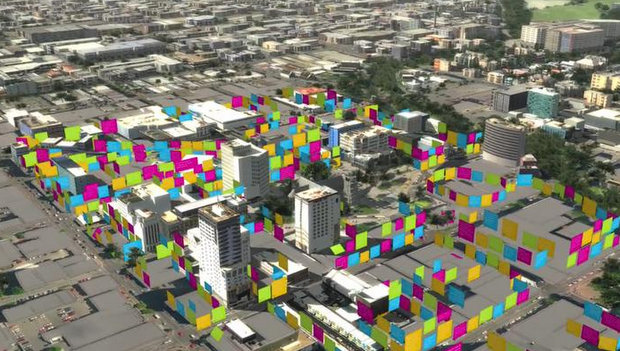Among all our discussion of currency and tax changes at national level we must never lose sight of the good things happening at local level. For it is at the level of neighbourhood that we all exist. It is at community level where our comfort comes from. It is from the ground up that initiatives and innovations happen. New Zealand has a unique innovation here.
It is at local level where we can take action to restore local economic resilience and maximise our chances of survival after a major bank failure and economic crisis. Nicole Foss has reminded us yet again that the system must crash. “When the music stops there is only one chair for every 100 dancers”.
 In August 2014 I had the privilege of attending the annual hui of the Living Economies Educational Trust. Among the local resilience initiatives being taken are green dollars, timebanks and now savings pools. It is the savings pools that I want to talk about here.
In August 2014 I had the privilege of attending the annual hui of the Living Economies Educational Trust. Among the local resilience initiatives being taken are green dollars, timebanks and now savings pools. It is the savings pools that I want to talk about here.
A savings pool is a family sized group of people (4 to 30 people) who get together regularly for the mutual financial purposes. It is a cross between a purchasing cooperative, a support group and a pawn shop. There is not a scrap of interest paid to anyone.
So how does it work? Members meet at someone’s home monthly. They discuss what they will contribute to the group’s shared pool. It might range from $10 to $200 a month, but where the membership is say 10, the group’s monthly savings can quickly range from $100 upwards. Before long you have a sum of, say, $3000.
But you don’t want this money languishing in the bank. You want it out amongst your members doing good. The members volunteer in turn what their financial needs are. Perhaps three in the group have financial needs. Susan draws attention to her credit card debt, Jim is desperate for a new car so he can get to work and a Rosy needs to pay a dental bill. The group then pays attention to those three needs. They figure they can work out how someone can take Jim to work for a while and decide to pay off Susan’s credit card. Without having to pay interest, Susan can put more into the pool each month.
Susan’s promise is to pay $50 a month to pay the pool back, plus another $50 as reciprocation (equal give and take) towards her future pool account. She pays a total of $100 a month now. Or else she could pay $50 a month for double the period. Her choice.
In savings pools trust is important but there is a saying “Trust in God but tie up your camel”. Tying up your camel entails prudent purchasing agreements. Collateral is usually necessary. e.g. if I want $1000 from the group to pay off my credit card debt and I have a $5000 car, the group can own my car and I enter into a purchasing agreement with the pool to buy back my car for $1000. That way the pool is more like a special kind of pawn shop. The car should be insured.
The whole group reviews their next month’s contribution, and the result is a bigger fund. Since they don’t know Rosy well they meet in her house next time. As trust builds and the social capital of the group grows, they realise Rosy should be next in line for a contribution from the pool as her teeth really are causing her trouble. Maybe there is enough in the pool to meet her needs now.
Rosy offers some appropriate property for sale and purchase, plus an equivalent savings/contribution to the pool.
 The accounting spreadsheet is available for them all to see. They add up what they will have at each month in the future, aware of some of the future demands on the use of the funds.
The accounting spreadsheet is available for them all to see. They add up what they will have at each month in the future, aware of some of the future demands on the use of the funds.
When Jim’s turn comes around for a car the pool has $5000 with which to buy a car. The car belongs to the pool. Jim uses it and pays off $100 a month. But as before he also has to put in another $100 a month so that others can have access to his money during the period he pays it off. If $100 a month is all he can afford then the term could be extended for two years. That is reciprocity in action. So instead of paying it off in one year Jim takes two years. At the end of the two years ownership transfers to Jim. He has paid off $5000 plus he has put another $5000 in the pool. When he has paid off his $500 and contributed another $5000, he can withdraw the second $5000 if he wants as it is his money. Meanwhile for all that time it has been at work for the pool’s benefit.
So you see not only has the group lent without interest but nobody gains from being a borrower without paying an equal amount back to the pool. Reciprocity replaces interest.
There are now at least 22 savings pools in New Zealand and membership is growing fast. Several people are now available to help new groups form. They do this by running a game (it’s more fun than monopoly) where they are each given an identity (e.g. a retired couple with no mortgage or a solo mother with part time work) Each person is then handed a crisis/opportunity card saying what happened that month for them (unexpected expense they can’t meet or an inheritance or ‘no change’). Then they role play what might happen within the group. At the end of the game people are itching to start their own savings pools.
These groups work particularly well if they start with a group who already know each other. It is also good if you have a cross section – those with extra money they want to protect in case of an economic crisis and those whose finances are more precarious. If a person dies or moves away their money can be withdrawn, together with their savings points (amount of money multiplied by the number of months they have had it in there) and passed to their heirs.
You need a person who will be a good recorder.
I have been to several of these events. Enthusiastic members of existing pools tell us of the celebration and joy when a credit card is paid off. One group had a party where they ceremoniously cut up the card.
The first financial threat is a global downturn causing major economic contraction and loss of ability to service mortgages. The second is bank insolvency where depositors (unsecured creditors of the bank) find their accounts have been frozen overnight and wake up with a “haircut”. In crises the solvency of banks depends on the elimination of debt and calling in non performing loans (mortgage foreclosures and asset seizures).
Savings pools already own all assets not yet paid for. Contributions will tend to dry but but the pool community remains. Loss of liquidity results in temporary paralysis of the system, but no loss of its real underpinnings
The assets of savings pools or more strictly Buyers Clubs in New Zealand are now growing at between 75-100% a year. In other words they are nearly doubling every year. If you would like to find out how it all started have a look at the 15 min video done by its founder Bryan Innes here.
For more information go to the Living Economies website where you can read more and see a typical agreement.
To start one in your area contact either Peter Luiten, Bryan Innes, Phil Stevens or Helen Dew. Or leave your information here





